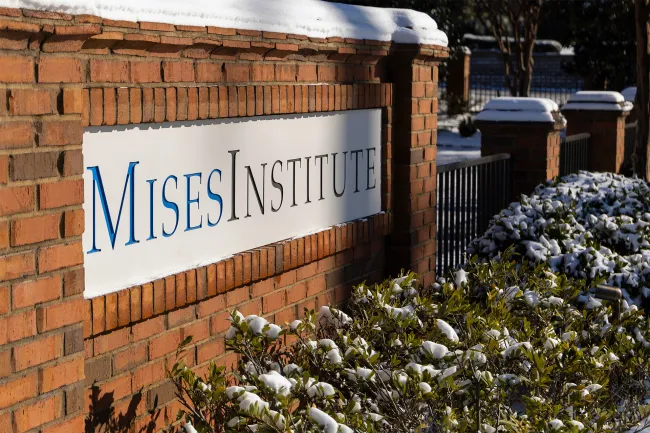Brightline started train service between Orlando and Miami two years ago. Fast forward to today, and this venture has been unsuccessful. In 2017, the company told Congress it wouldn’t need subsidies. Yet, it has received over $486 million in subsidies and another $3 billion for Brightline West. Despite the subsidies, Brightline lost $549 million in 2024 and didn’t pay interest on $1.2 billion in debt. As a result, S&P Global downgraded its bonds to junk status.
The company’s future is in question because of its unrealistic financial projections. Brightline predicted $633 million in annual revenue, but only achieved $210 million. It then refinanced $985 million of debt at 14.89 percent interest to compensate.
Brightline asserts that the trip from Orlando to Miami is too long to drive but too short for a flight. Yet, actual traveler numbers don’t support this. Before Brightline, only 724 air travelers flew between Orlando and Miami each day. In contrast, there were 28,898 air travelers per day between New York and Miami.
The daily traffic on Florida’s Turnpike between Orlando and South Florida is only 37,000. Meanwhile, the daily traffic on Interstate 95 between West Palm Beach and Miami is 227,000. This raises questions about Orlando’s share of the 37,000 daily traffic. Since the Turnpike goes north of Orlando, the city’s share of the traffic volume is likely much less than 37,000.
Brightline has also failed to align supply with demand. The fare for the 5:50 AM train from Orlando to Miami can be $49, while a 9:25 AM ticket might cost $94. This pricing strategy suggests that the 9:25 AM train is more popular. Yet, a train traveling in one direction must also return in the opposite direction. If Brightline cancelled a trip, it would also need to cut service in the reverse direction. Because of this imbalance, Brightline continues to lose money hand over fist.
Worse yet, Brightline overestimated its market size, which suggests confirmation bias. It predicted six million annual riders, but only achieved two million. In fact, Brightline predicted more riders than its trains’ seating capacity.
Brightline offers ten daily trips from Orlando to Miami and 18 from West Palm Beach to Miami. Yet, there’s a Tri-Rail commuter train connecting West Palm Beach and Miami. Tri-Rail’s $135 million in annual subsidies will make it hard for Brightline to compete.
Population growth could help, but only with more travel between Orlando and Miami. Floridians, to date, seem to prefer traveling in other directions instead.
Meanwhile, by July 14, 182 people had died in accidents involving Brightline trains. Brightline placed blame on the victims, claiming they wanted to die. Yet, a Miami Herald probe revealed that only 40 percent—75 out of 182—were suicides.
Brightline West (Las Vegas to Rancho Cucamonga) is doing even worse. It is short on funds for construction, despite receiving $3 billion in subsidies. It broke ground in 2024, even though it lacks the money needed to finish. When the funds run out, it could either beg for a bailout or declare bankruptcy.
Politicians often see passenger trains as an “essential service.” Yet, these trains account for a tiny fraction of travel. In fact, Americans travel more miles by bicycle than they do via intercity trains. It is also worth noting that there is a distinction between travel for recreation and travel for other purposes, like work or school. These are different products, subjectively valued for the different services offered.
Freight trains receive almost no subsidies, so why should passenger trains? Ending rail subsidies wouldn’t mean the end of train travel. Even if Brightline fails, other companies could be successful with other trains. Today, travelers often seek scenic and enjoyable train experiences.
For example, the Ghan—a long-distance train in Australia—is profitable without subsidies. The reason? It only offers sleeping cars, no coach seats. When coach seats were available, the Ghan lost buckets of money. After eliminating coach services in 2016, the Ghan became profitable. Rocky Mountaineer also offers amazing train trips through the Rockies without subsidies.
Instead of squandering taxpayer money, Congress should cut Brightline subsidies to zero. The president should also veto any bill that subsidizes passenger trains. Finally, Congress should repeal the Infrastructure Investment and Jobs Act of 2021. This Act wasted $66 billion in capital and operating subsidies for passenger rail.


